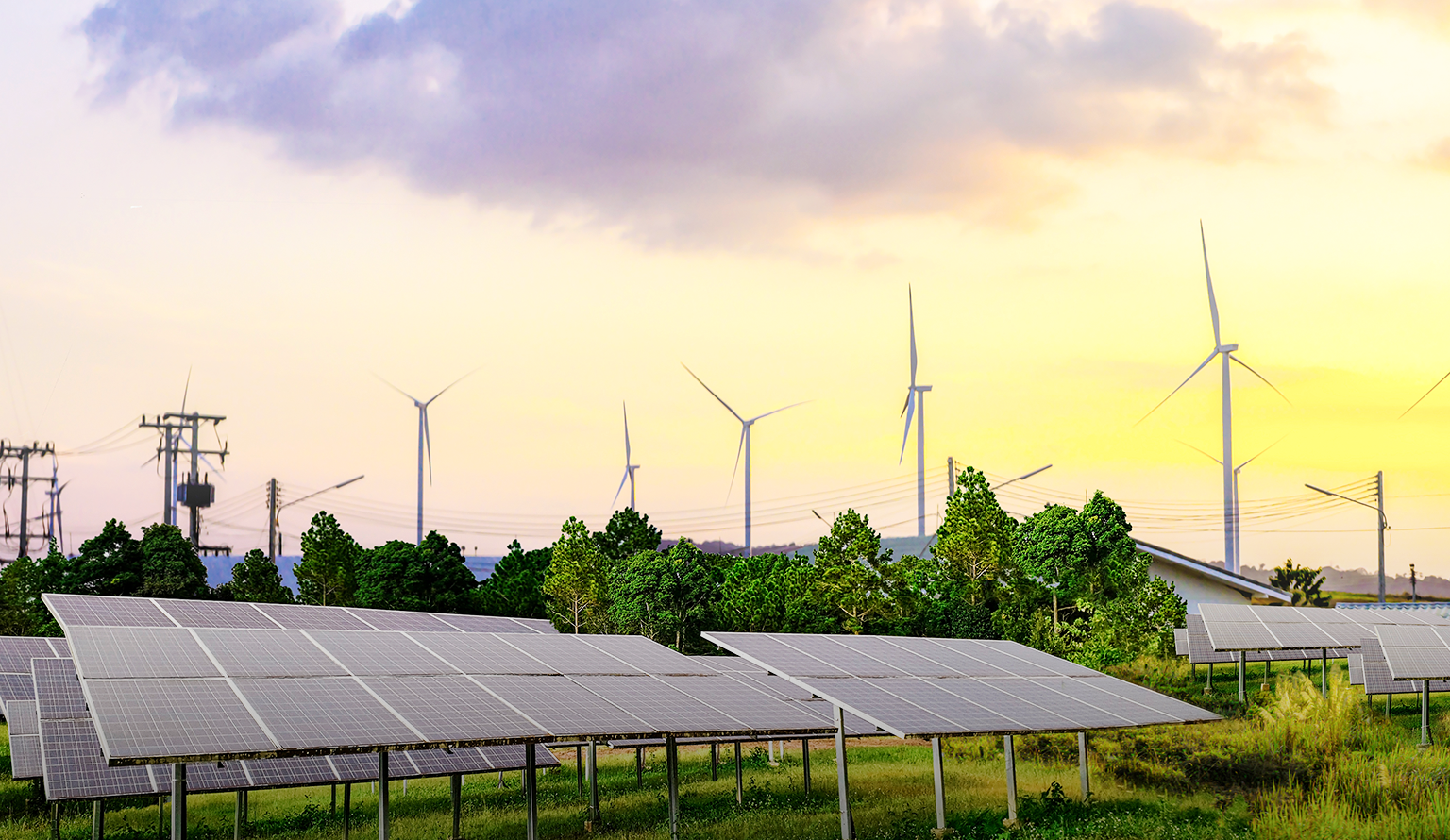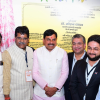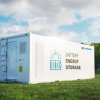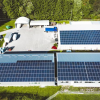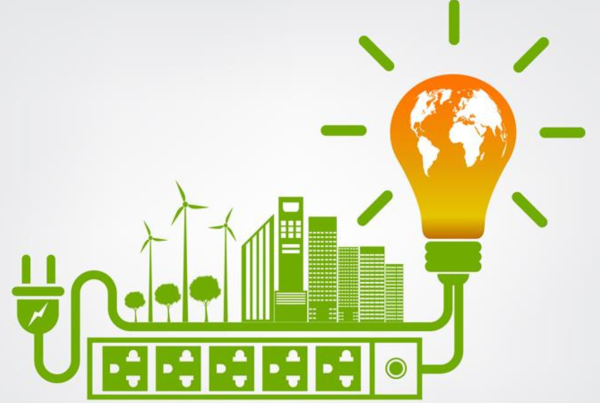India has made an extraordinary leap in its clean energy journey by achieving an exceptional milestone: 50% of the nation’s installed electricity capacity now comes from non-fossil fuel sources. This achievement, which surpasses the country’s 2030 Paris Agreement commitment by five years, is a clear signal of India’s dedication to a greener, sustainable future. It marks a transformative shift in the nation’s energy landscape, which will also influence the global shift towards renewable energy.
Key Milestone Achieved
As of June 2025, India’s total installed power capacity has reached an impressive 484.8 GW, with 242.8 GW—50.1%, coming from non-fossil sources. These include solar, wind, hydroelectric power (both small and large), biogas, and nuclear energy. This is a monumental rise from just 30% in 2015, and by 2020, the non-fossil share had already climbed to 38%. Today, India has successfully exceeded its Paris Agreement commitment of reaching 50% non-fossil installed capacity by 2030.
The accelerating adoption of renewable energy sources or non fossil fuel sources, especially solar and wind, has been instrumental in achieving this milestone. Solar power, in particular, has emerged as the dominant player in this transformation.
The New Energy Mix: Data and Progress
- Solar Power in India: Leading the Charge
Solar energy now stands as the largest contributor to India’s renewable energy capacity, with 111 GW installed as of May 2025. In 2024 alone, India added a record 24.5 GW of solar capacity, showing that the nation’s focus on solar power in India is paying off. The growth of solar is not just about increasing the numbers but also about improving efficiency, cutting costs, and scaling manufacturing capacities. - Wind Power: A Growing Force
Wind power has also seen impressive growth, with 51.5 GW of installed capacity, representing a 10.5% increase in just one year. Wind energy remains a key pillar of India’s renewable strategy, alongside solar.
Hydroelectric and Nuclear Power: Essential Supports
Hydropower, contributing around 48-49 GW, plays an essential role in balancing the national grid, helping maintain stability amid the growing share of intermittent renewable sources or non fossil fuel sources. Nuclear power, too, has more than doubled its capacity over the last decade, now standing at around 8.18–9 GW.
Accelerating Ambitions: Setting a Global Benchmark
India’s commitment to clean energy is becoming a global benchmark. The country’s rapid adoption of solar power and other renewables, backed by strong policy frameworks and large-scale infrastructure projects, demonstrates that India is ready to take the lead in clean energy adoption. This, in turn, signals massive potential for industry players, from solar power companies to solar power panel manufacturers.
Attracting Investments
The renewable energy sector in India is rapidly becoming an investment magnet. Domestic and global capital flows are pouring into the market, driven by increasing demand for solar panels, hybrid energy solutions, energy storage systems, and smart grid technologies. India’s clean energy future is bright, and the market is ripe for innovation and growth.
Opportunities for Industry and Solution Providers
The rising demand for renewable energy solutions presents lucrative opportunities for companies in the clean energy ecosystem. Solar power companies and solution providers that focus on innovation, local manufacturing, and integrated energy solutions will play a pivotal role in scaling India’s clean energy infrastructure. As the country prepares for an additional 130 GW of renewable energy capacity, including a dominant share of solar, industry players can expect vast growth opportunities.
As India leads the charge in the global clean energy revolution, we at Jakson Group are playing a pivotal role. With our deep expertise in solar solutions, we are contributing significantly to the growth of India’s renewable energy sector. As one of India’s leading solar power companies and solar power panel manufacturers, we are driving the shift towards non-fossil fuel energy sources, providing high-quality solar products, advanced energy storage solutions, and reliable services to support the country’s sustainable energy journey.
Charting the Road Ahead
Looking forward, India has set its sights on an ambitious target of 500 GW of non-fossil energy capacity by 2030. This will require continued investment in solar, wind, and storage technologies, as well as addressing challenges related to grid integration, financing, and infrastructure scaling.
Key Challenges:
- Integrating variable renewable energy sources into the grid
- Expanding energy storage and BESS to ensure grid reliability
- Securing financing for large-scale greenfield projects
India’s early achievement of its Paris climate target underscores the nation’s commitment to a cleaner, greener future. As India continues to expand its renewable energy capacity, industry leaders like Jakson Group, which is are leading solar power panel manufacturer, will be at the forefront of this transformation. By fostering innovation, embracing technological advancements, and collaborating with key stakeholders, we at Jakson are helping shape India’s clean energy future and contributing to a sustainable Bharat.

